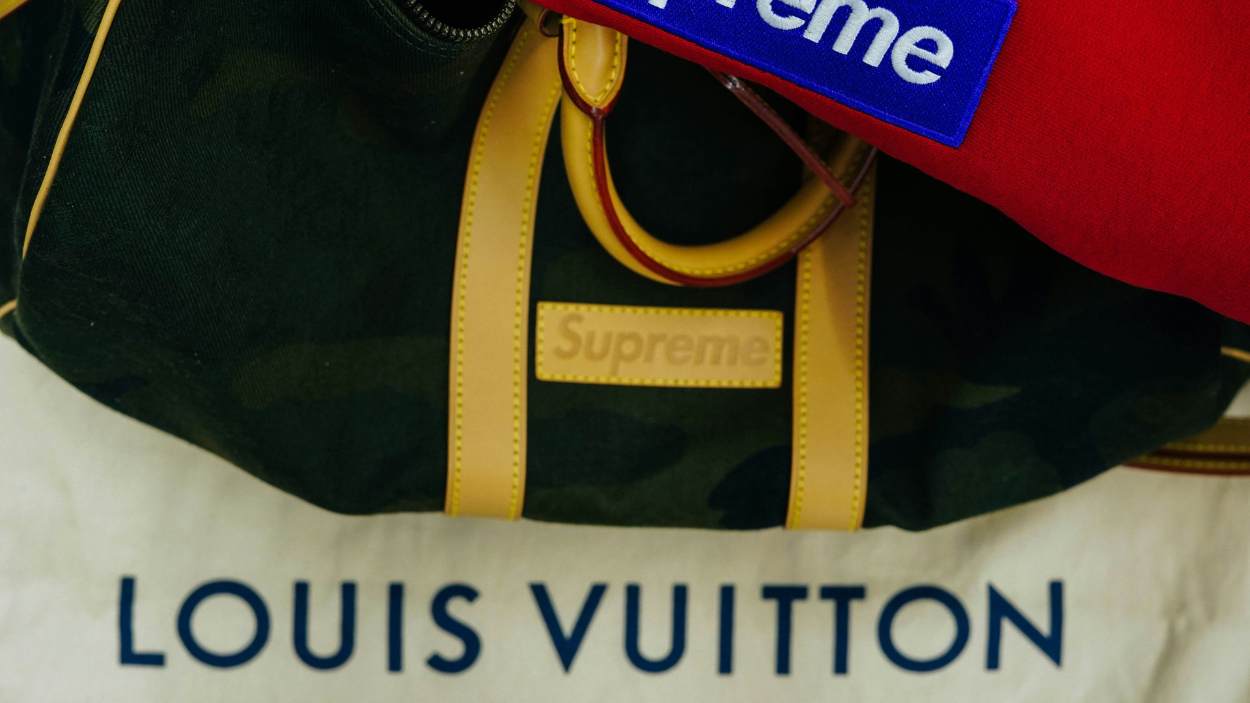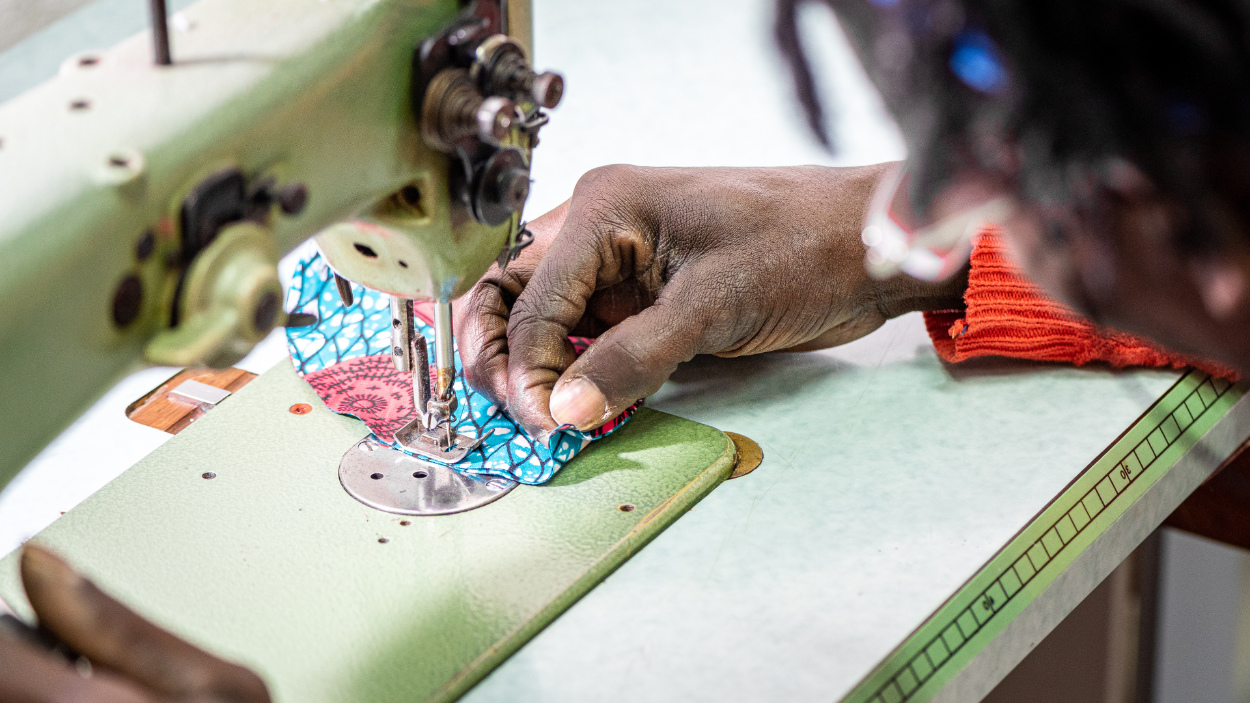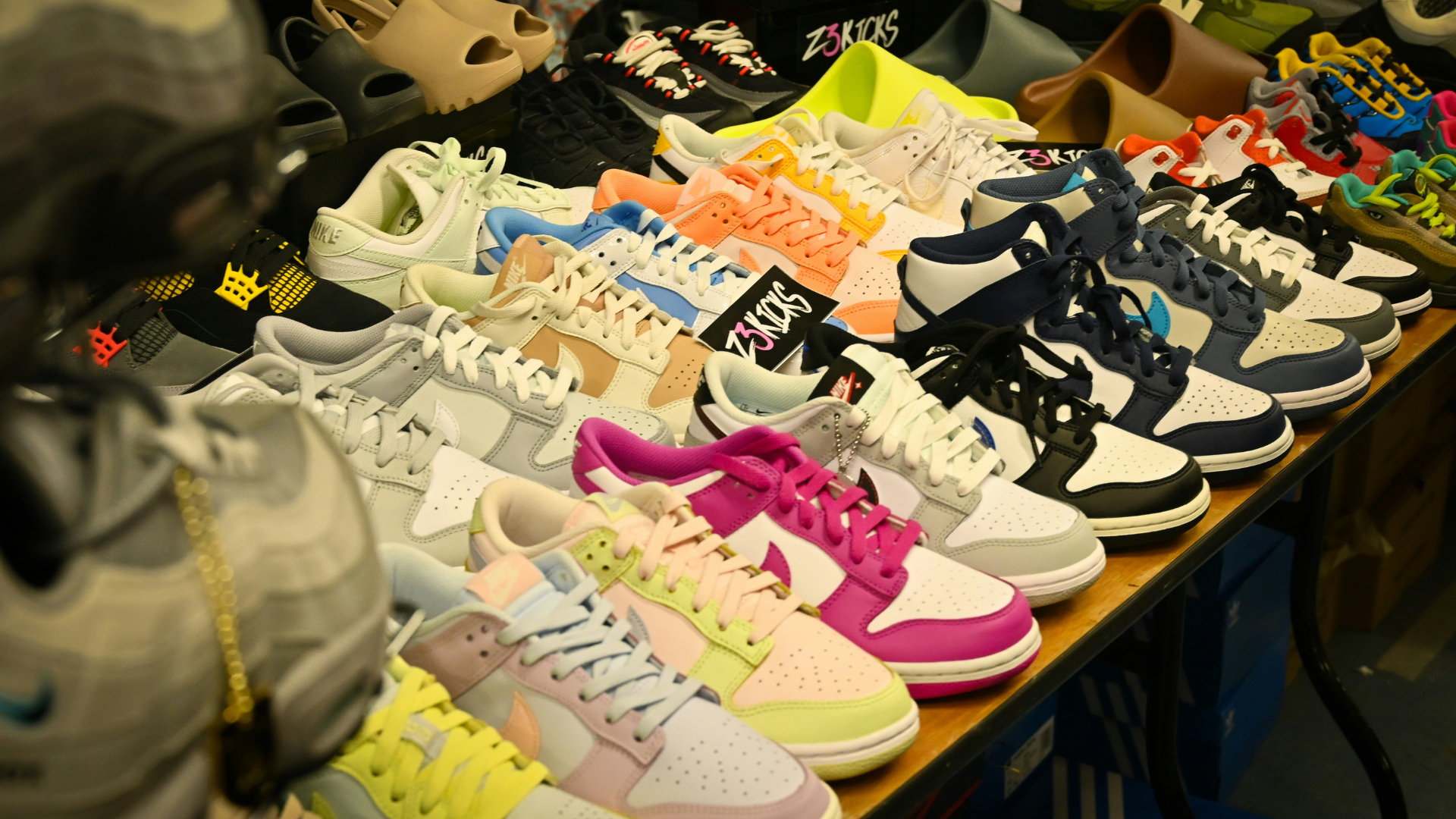Key Takeaways:
- The landmark $584 million judgment against Westgate Discount Mall, though largely symbolic, signals a critical legal shift: courts are willing to hold host intermediaries, including landlords and retail locations, contributorily liable for enabling widespread counterfeit trade. This sets a precedent that could extend accountability to digital platforms and other supply chain links who profit from fakes.
- New tariffs have driven a sharp sector-specific decline in Vietnam, with footwear exports to the U.S. falling nearly 30% and textile exports down 20% in a single month. This data, which is sector-specific and not tied to broader macroeconomic shifts, highlights the immediate financial impact of protectionist policy on global fashion supply chains.
- The expiration of the HOPE and HELP duty-free trade programs has exposed how fragile the lower end of the supply chain remains. Haiti’s garment industry, already down 40,000 jobs in three years, now faces standard U.S. import duties of 14% to 30%, putting the survival of remaining factories at risk. The case shows how a hostile global economy creates casualties indiscriminately, and how other sourcing regions could face similar pressure if trade incentives and brand commitments start to slip.
Register for the Webinar: Is The Digital Materials Supply Chain Ready To Scale?
Spend an hour with representatives from The Interline, Cotton Incorporated, New Focus Textiles, and BAKERMAT, exploring what needs to come together for brands, creators, and vendors to adopt digital material at scale – for use in 3D and beyond.

Join us as we tackle questions like:
- What are the most common approaches to fabric digitisation today? Where does the demand originate? Who performs the work, who are the beneficiaries, and who acts as gatekeeper?
- For brands, accurate digital representations of materials brings clear value, but what are the incentives and costs for suppliers?
- As the complex geography of sourcing grows more precarious, how prepared are supply chain actors to use virtualization as a lever against uncertainty?
- And how are the custodians of mainstay fibres like cotton supporting innovation and digitisation at source?
Digital accountability meets counterfeiting as legal action spreads to new actors
A federal court in Atlanta, USA, handed down a landmark ruling this week, ordering operators of Westgate Discount Mall to pay LVMH $584 million for permitting some of its retail tenants to sell fake Louis Vuitton goods. The size of the award is largely symbolic, since the mall has already gone bankrupt, and the money is unlikely to be directly collectible… This is, though, both one of the largest anti-counterfeiting awards in American legal history and potentially a watershed moment, since it represents an unusual instance of a court treating a host retail location, or landlord, as an accountable part of the counterfeit supply chain – an effective declaration that intermediaries who “enable” trade in counterfeit products – especially luxury goods – can be as liable as the producers themselves.
The lawsuit was, as a matter of fact, first filed in 2023, when luxury was still in growth mode (a trend in reversal today) and counterfeit enforcement felt like routine housekeeping, but two years on, it lands in a very different market. With demand slowing and “superfakes” closing the quality gap, brand protection has become business protection. In this kind of climate, the motivation to tighten control makes perfect sense. When growth slows, every sale, and every perception of exclusivity, counts, and the near future is likely to see luxury remain in that mode.

The substantive issue here is one it’s easy to see stretching, and extending to importers, freight forwarders, and other links in the value chain. And it’s also one that could readily be applied to fashion’s digital systems, marketplaces, and platforms. Major marketplaces, populated by third party sellers, have always had an “out” when it comes to setting terms of service that prohibit the sale of counterfeit products, and then applying ‘enforcement’ in the form of removing listings and banning sellers behind them. Thus far, that’s been enough to placate brands, but this week’s case shows that the will for assigning responsibility may be shifting from seller to host.
For those host platforms, preparing for this eventuality likely means leaning harder on the technology systems that can actually prove provenance in a way that satisfies brands and luxury houses who are applying historic pressure in service of protecting their markets. The tools, of course, are already being sold to businesses for a range of other transparency reasons:, digital IDs, product passports and more, and understandably the luxury sector, which has the most to lose at the unit-economic level through counterfeiting, has prioritised those investments ahead of other sectors.But while those solutions are positioned at brands and retailers, their utility should be portable: if a platform wants to demonstrate that it’s done enough to keep fakes off the shelves (whether they own those shelves or lease them to others), data-backed transparency becomes the only viable defence.
And this is an area where luxury has also been prescient from a technology investment point of view. LVMH is one of the driving forces behind the Aura Blockchain Consortium, conceived with the intention of giving luxury brands (especially, but not exclusively, the conglomerate’s own maisons) access to digital certificates that trace origin, ownership, and authenticity.

But while luxury is tightening its grip at the downstream end of the chain, the upstream end is facing its own pressures. This is especially the case in footwear, where reports out this week show exports to the U.S. are down almost thirty percent since the newest tariffs kicked in -the steepest decline of all its sectors during this period. Textile exports also saw a sharp drop off of 20% at the same time. This is happening even as the country keeps posting impressive GDP growth overall, helped in large part by gains in coffee and machinery exports. Or, in other words, the slowing of the garment export trade is not something we can place at the feet of broader and macroeconomic trends; these issues are sector-specific.
And there’s also further evidence in the headlines this week of what it looks like when countries do not have other buoyant sectors to fall back on. The Haitian garment industry (one of the few formal sectors left in a country riven by domestic conflict and lawlessness) has already lost around 40,000 jobs in the past three years, according to local trade bodies. Most of the factories that remain have been dependent entirely on two U.S. trade programmes, HOPE and HELP, which waive import duties and keep the sector viable. Those laws expired at the end of September, just as the U.S. government shut down.

Without those protections and stimuli, Haitian exports now face duties between 14 and 30 percent (as well as the standard tariff duties), which are margins no local factory can absorb, and no US importer will be in a hurry to swallow or pass on to its buyers. For an industry that represents nearly nine-tenths of Haiti’s formal employment, it’s a direct hit to one of the few functioning systems the country still has.
Haiti is a shocking case study for several reasons, but there is a tangible through-line from the shrinking of the garment export trade to an acceleration of its social spiral. Gangs now control roughly ninety percent of the capital, Port-au-Prince. More than 3,000 people have been murdered this year. The UN has approved a multinational force to stabilize the country.But local leaders have warned that when garment factories close, recruitment by gangs surges. Textile jobs act as insulation in a region where no safety net, social or otherwise, exists.
For years, Haiti has existed on the lesser-discussed edge of the global supply chain. A low cost, manufacturing hub that had the benefit of being close to U.S. ports. But just as we’re now seeing with the counterfeit trade, a hostile global economy will create casualties indiscriminately. And where Haiti serves as a standalone case today, it’s easy to see similar forces being applied if and when brands opt to stop sourcing from other regions where the textile and / or garment trade is serving as a primary dam preventing an economic and social backslide.
